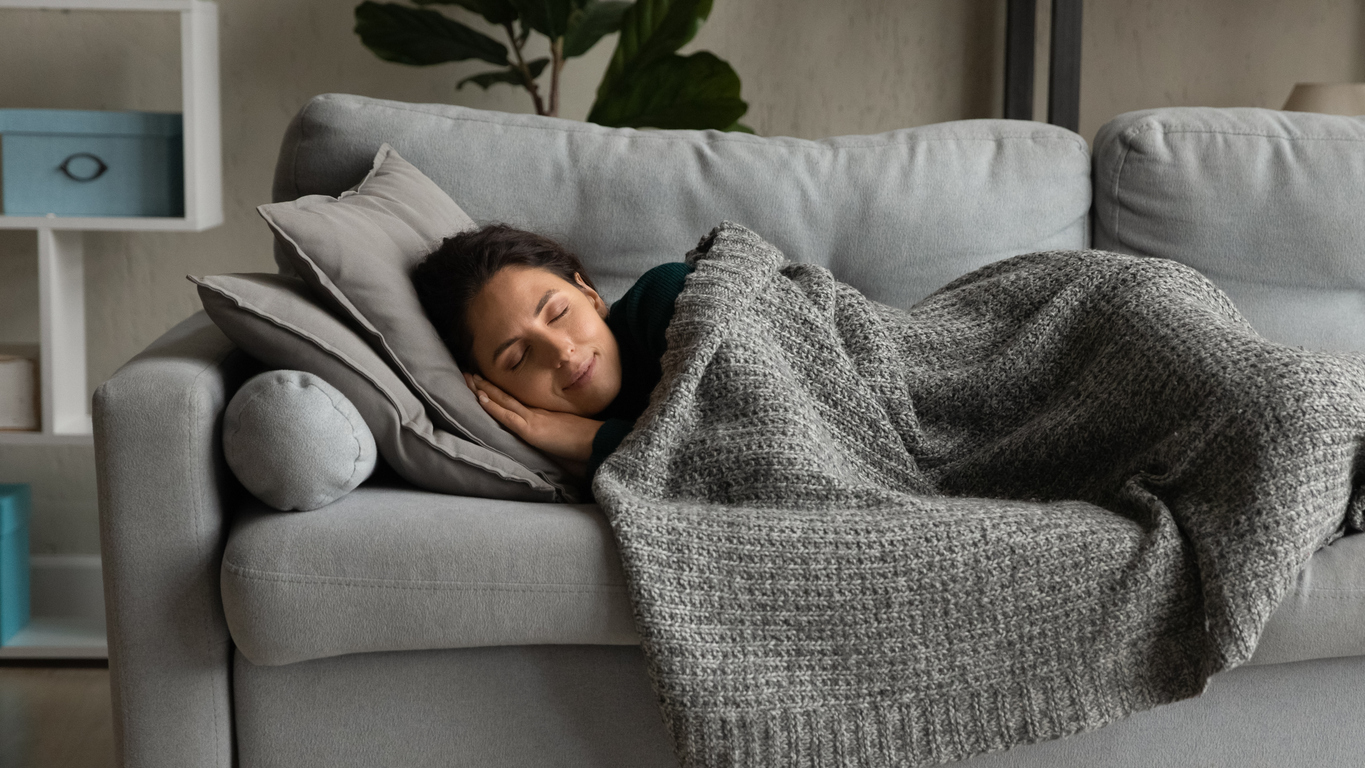To Nap, or Not To Nap? Dr. Shona Halson Weighs In

Napping is a common behavior used to overcome the negative impacts of inadequate sleep.
By definition, a nap is any sleep period with a duration of less than 50% of the average major sleep period. Naps can be further categorized into three main types:
- The prophylactic nap: a nap taken in anticipation of sleep loss (you know poor sleep is coming).
- The replacement nap: a nap taken in response to sleep loss (poor sleep happened).
- The appetitive nap: a nap taken for convenience and/or enjoyment (you just like to nap).
Understanding why you might feel like taking a nap is key. The replacement nap is often the most common form of napping. This typically suggests insufficient sleep at night. This could be due to work or family commitments, disrupted sleep due to noise or stress, caffeine use, or simply not prioritizing sleep. However, if you are getting enough sleep at night and are still yearning for a nap, it may be due to a health or medical issue that should be explored by a medical professional.
What Are The Pros of Napping?
Daytime napping has been shown to have a multitude of benefits including improved mood, reduced sleepiness, enhanced cognitive function, memory, skills, attention, emotional regulation, productivity, creativity and exercise performance. These are all commonly reported benefits of healthy sleep in general and given that many of us are sleep deprived, napping can be an important way to ‘top up’. It may sound obvious, but the only way to overcome sleep deprivation is to get that sleep! So, getting some nap time, if possible, can be valuable, so long as you nap responsibly.
What Are The Cons of Napping?
Naps may result in a period of sleep inertia, which is the feeling of grogginess that may be experienced immediately after waking. Sleep inertia can also result in a decrease in physical and cognitive performance. So, if you’re required to perform important physical or mental tasks after a nap, you should ensure you have at least 30-60 minutes to get re-oriented prior to the task. This should be enough time for the sleep inertia effects to dissipate.
Napping for too long or too late in the day may also disrupt night-time sleep quality, particularly the ability to fall asleep. While there is some debate, it is generally recommended we prioritize and maximize our night-time sleep over long and late daytime naps.
How To Nap
Data from a recent review suggests that aiming to nap for a length between 20–90 minutes in duration and time it between 1PM and 4PM is best practice. For many people, a nap on the shorter side will have sufficient beneficial effects. But for those with considerable sleep deprivation, a nap of 90 minutes may be needed. For people who regularly nap, the goal should be to experience the many benefits of napping, without disturbing the ability to sleep at night. Paying attention to how you sleep at night following a nap can help determine whether your nap might have been too long or too late in the day.
While there are some caveats to consider about why and how to nap, there is a significant body of scientific evidence that supports how critical sleep is to our health and wellbeing. So, if you are one of many people experiencing insufficient sleep, finding ways to incorporate naps of the right duration and timing could be a great way to incorporate more sleep into your life.
About the Author:
Professor Shona Halson is one of SleepScore Labs‘ Scientific Advisors, from ACU’s School of Behavioural and Health Sciences and prior to this was the Head Recovery Physiologist at the Australian Institute of Sport for over 15 years and has been a part of three Olympic campaigns with the Australian Olympic Committee. Her research focuses on sleep, recovery and fatigue and she has published over 140 peer-reviewed articles and multiple book chapters. Shona is an Associate Editor for the International Journal of Sports Physiology and Performance and also provides consultancy services to the Australian Open Tennis Tournament and Nike as part of both the Nike Performance Council and Nike Sports Research Advisory Group. Shona also consults to a number of national and international professional sporting teams.